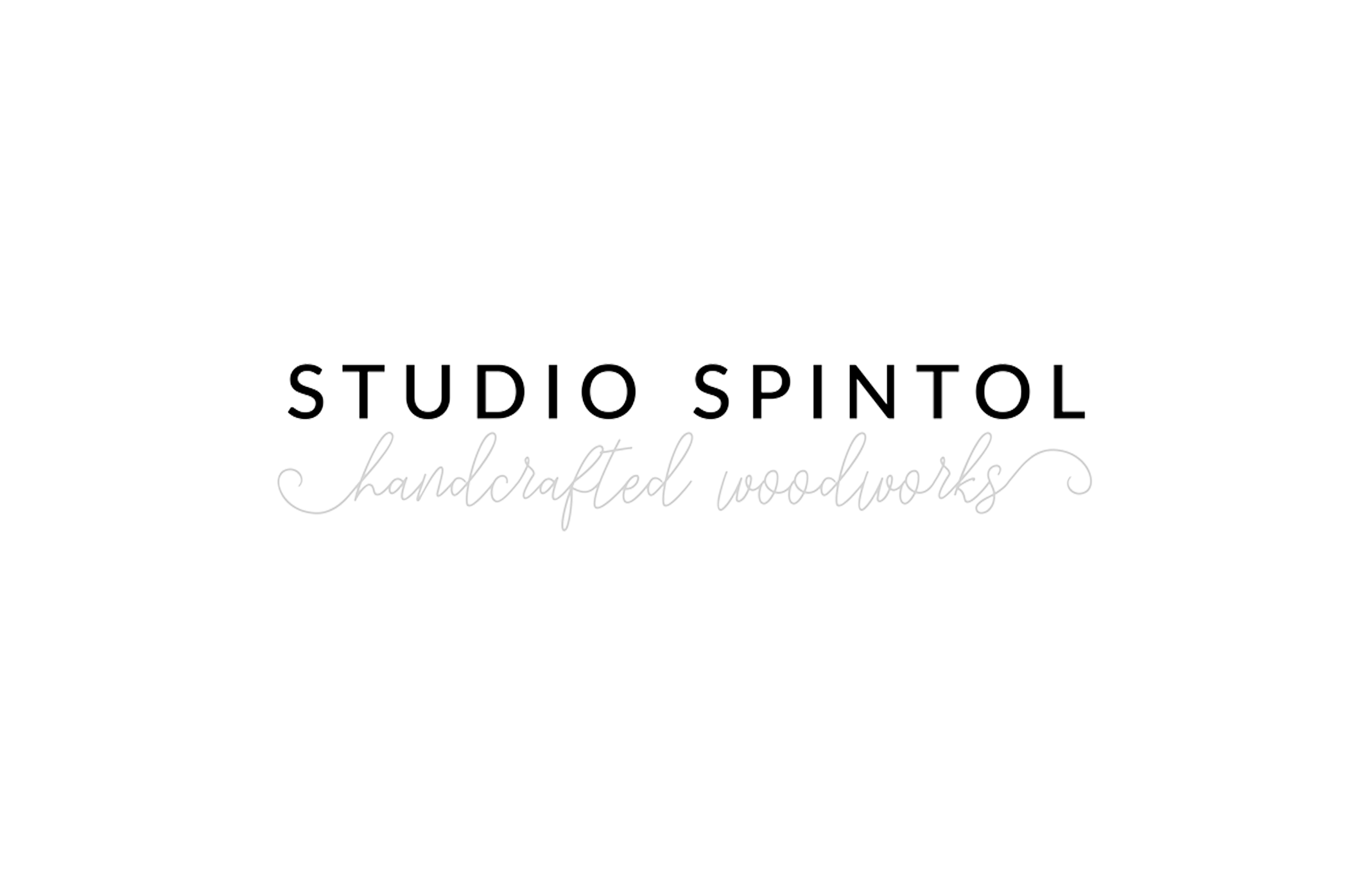Here you will find answers to the most frequently asked questions. Is your question not listed here? Send an email to studio@spintol.nl.
-
How much is shipping?
Within the Netherlands the postage charge is € 6,99 for a package up to 2 kg with a tracking code.
For shipping to Belgium, Germany and France the postage charge is € 10,20. Shipping to Austria and Denmark is € 10,70 and United Kingdom is € 12,70.
For shipping to other countries in Europe (with tracking code) there are different postage charges – € 13,00 for countries in EUR1* and € 18,50 for countries in EUR2*.
The postage charge for the United States of America and the rest of the world* is € 20,50. This includes a tracking code too.
*EUR1: Faroe Island, Greenland, Italy (San Marino and Vatican state excl), Luxembourg, Spain (incl. Balearic Island, excl. Canary Islands), Gibraltar and Channel Islands, Sweden.
EUR2: all other countries in Europa (excl. Russia).
World: all other countries (incl. Russia).Please note: Extra charges for customs en VAT are the customers responsibility.
-
When do you send out the order?
We aim to to send out the order within 2 business days. A tracking code is provided so you can check the expected delivery date.
In summertime, around holidays or other special situations your order can be sent out later than normal but we will try to inform you about that.
-
What is your refund policy?
If you want to return your order, there is a 14 calendar day cancellation period in which you can notify Studio Spintol of your intent to cancel your order. This cooling off period becomes active from the day you receive your order.
You are responsible for the cost of return postage unless the item is deemed to be faulty (excl. slight imperfections since they won’t affect the quality of your spindle and provide a unique charm to your spindle).
A refund shall be made within 14 calendar days of receipt of the item. It is your responsibility to send back and obtain proof of postage. In the likelihood of the returned product going missing in transit, you are to pursue your postage provider for compensation as the product is legally yours until a refund is issued.Alternatively, if preferred, we will also be happy to exchange the item.
Items must be returned in the original condition, with original packaging and must be free from scent and animal hair. Items not in original condition cannot be resold and will be returned to you. Refund or exchange will not be issued.
Refunds will be processed using the method of payment that you have used.
Items returned from outside the EU must be clearly marked on the customs label as “returned merchandise” so as not to attract import duty / VAT. Please also write “Returning to country of origin” on the package too. If you attempt to return the package incorrectly and we receive a customs fee notification, this will be ignored and the items will automatically be returned to you.
Damage to a product because of misuse is out of warranty and cannot be returned or refunded. For example:
- Letting wet socks on sock blockers dry on heater. This will deform the deform the sock blockers.
- Breaking the fall of a spindle by putting your knees together with force. This could break the spindle.
- Dropping a drop spindle to the floor upside down causing the hook to break off.
In all of these cases please feel free to contact us. We will do our best to repair the product if that is possible. Extra costs could be charged for reparations.
